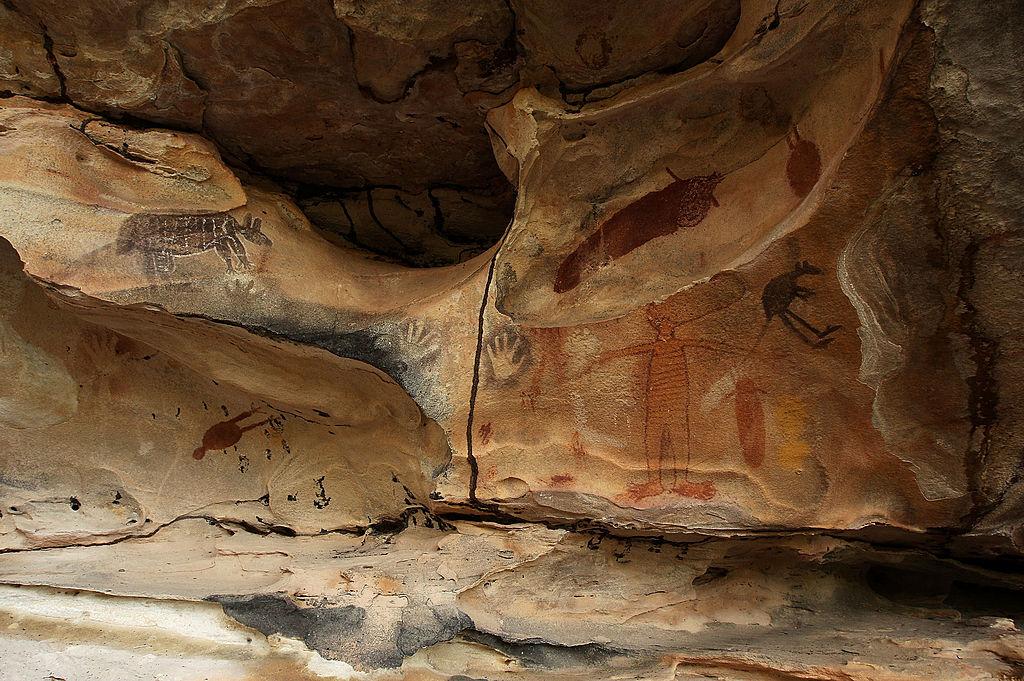Four bone tools discovered in Western Australia have changed how archaeologists think of ancient northern Australian indigenous societies after the tools were reevaluated to be between 35,000 and 47,000 years old—making them among the oldest of their kind in Australia.
The findings published in the International Journal of Osteoarchaeology in February come after a similar discovery in 2016 of a roughly 46,000-year-old nose piercing made from kangaroo bone. Prior to this, bone tools were believed by some to only have existed as early as 20,000 years ago.





